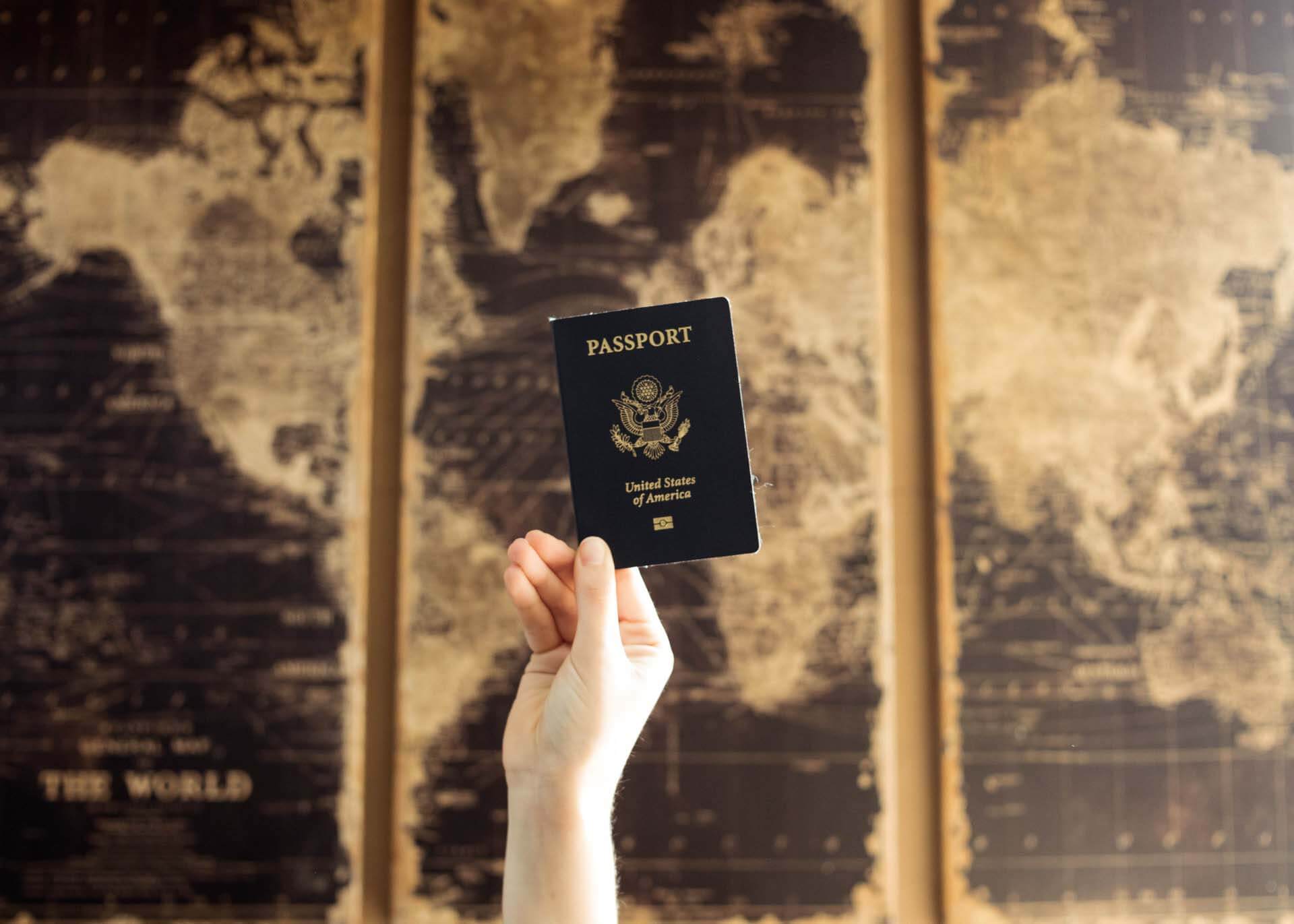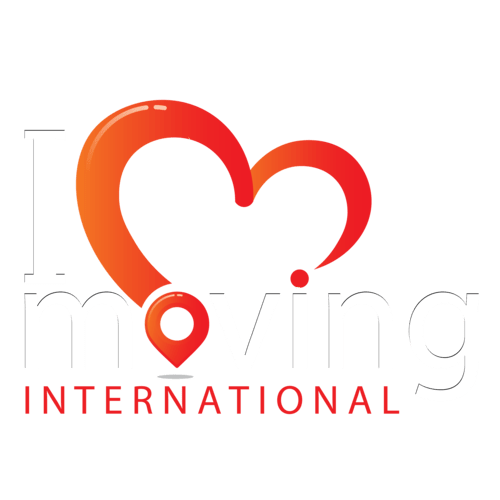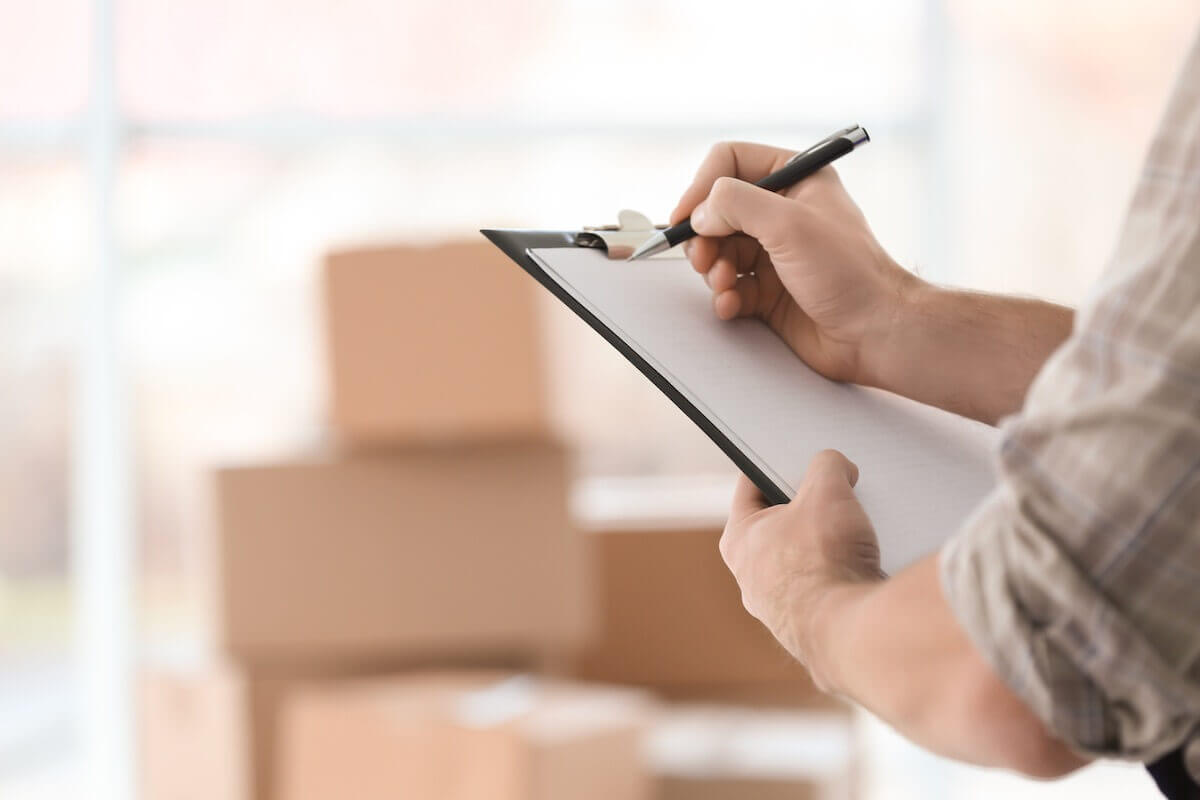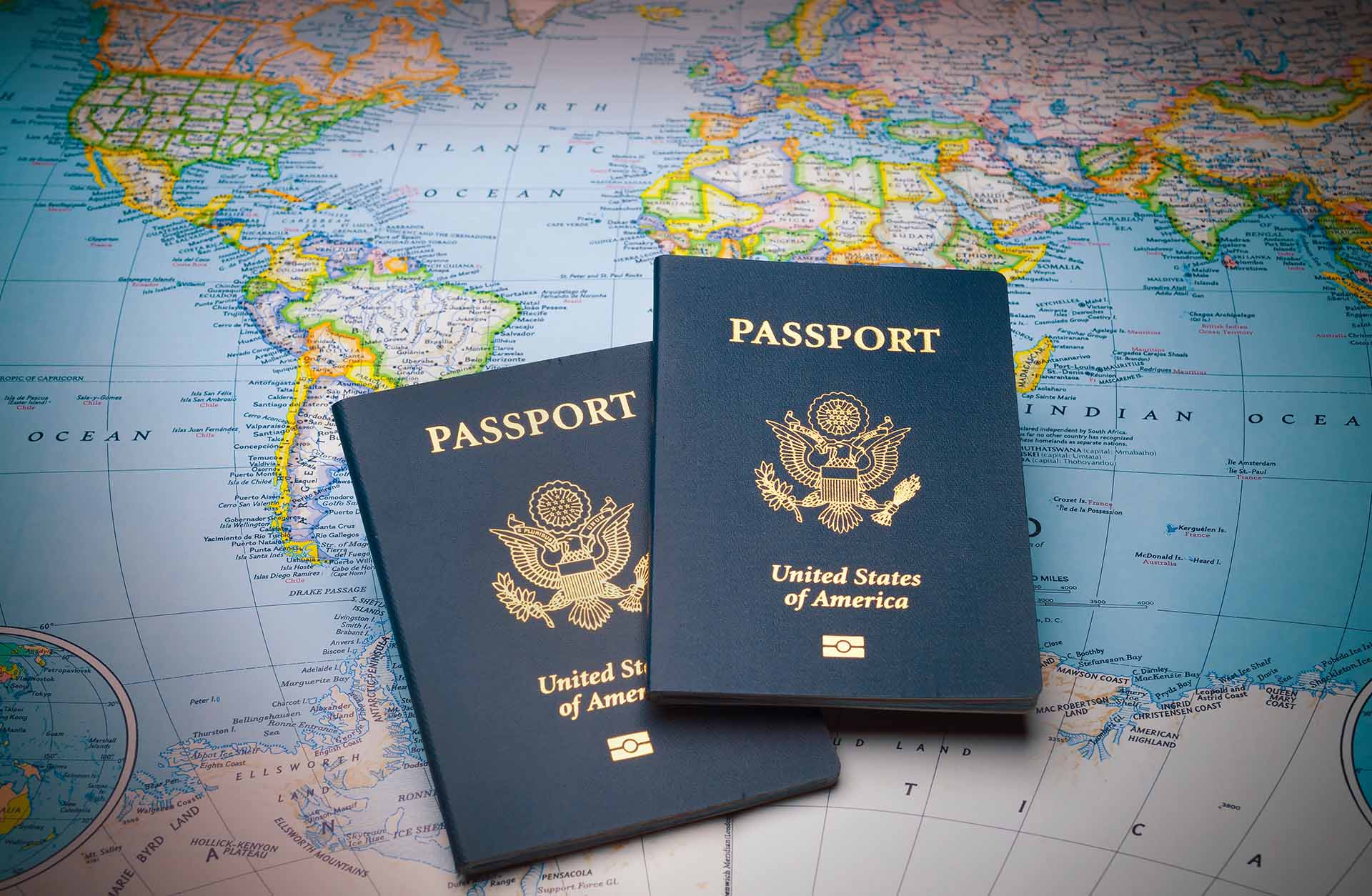When life’s journeys take you across the globe, knowing how to organize packing to move becomes an invaluable skill. It’s not just about filling boxes – it’s also about categorizing, labeling, and preparing items for a journey that could span oceans. Careful preparation is essential for reducing the stress of settling into a new environment.

Think of this as the ultimate relocation guide, a step-by-step manual to packing precisely. You can transform what could be a chaotic mess into a streamlined process, making the question of how to move overseas easier to answer. From decluttering to protecting your valuables, each step is a piece of the puzzle leading into the next global adventure.
How to Organize Packing to Move – Start With Research and Planning
Organizing packaging starts well before any boxes are filled. It begins with meticulous research and planning, addressing the ‘why’ and the ‘how.’ Whether it’s for career advancement, a change of scenery, or even love, your reasons to relocate can motivate and guide you through the process.
However, don’t just concentrate on why you want to relocate but focus on how to organize a packaging list that will allow you to relocate efficiently. Remember, proper preparation is the linchpin to a successful relocation.
Research Country’s Customs Regulations and Import Restrictions
As part of your relocation checklist, you must understand your destination country’s customs regulations and import restrictions. Every country has rules on what can be brought in, how it should be packed, and similar duties.
For example, if you want to ship a car overseas, ensure it meets the destination country’s emissions standards and safety regulations. Non-compliance could lead to costly fines or the confiscation of your belongings. Thus, getting this information beforehand is crucial before starting to pack.
Create a Timeline and Checklist for the Move
Creating a comprehensive timeline and checklist for your move is vital to keeping everything organized. It may seem overwhelming, especially if you’re moving abroad alone, but having a clear timeline eases the pressure.
Begin with big tasks like selling or renting out your current home and gradually progress to smaller ones like finalizing your packaging and shipping overseas. By segmenting relocation into manageable chunks, you can keep on top of things and avoid last-minute scrambles.
A well-thought-out timeline is instrumental in making relocation day preparation more manageable and less stressful.
Determine the Necessary Travel Documents and Paperwork
When moving overseas, the importance of proper documentation cannot be overstated. As part of the planning, identify the documents needed for moving internationally. This can range from passports and visas to health and vaccination records, work permits, or even international driving licenses.
Ensure you have their originals and copies, and keep them secure but easily accessible throughout your move. Misplaced or forgotten documents can result in delays or cancellations, so prioritize this step to ensure a seamless transition to your new home.

Take Some Time Sorting and Decluttering
One of the most overlooked benefits of relocating is the opportunity for sorting and decluttering. A fresh start is a perfect excuse to let go of items that no longer serve you and create a more streamlined life at your new location.
However, decluttering is often one of the things people forget to do when relocating, mainly due to the rush of moving preparations. By taking the time to declutter, you’ll make your move easier and your new home less cluttered.
Assess Your Belongings and Decide What to Keep, Sell, Donate
To organize properly, assess your belongings critically and decide what to keep, sell, or donate. This is one of the most useful relocation tips you’ll come across. Be practical and ruthless; if you haven’t used an item in the last year, you probably don’t need it.
For items with sentimental value, consider if they’re irreplaceable or if a photograph could serve the same purpose. This exercise will make your move lighter and help you start in your new home with only the things you need. Consider this one of your crucial relocation hacks – declutter now, and you’ll thank yourself later.

Make an Inventory and Categorize Items
One of the key steps to organizing packaging and reducing relocation stress is making an inventory and categorizing your items. This process may sound tedious, but it’s crucial in helping you determine what to keep and dispose of and where every item is packed.
Start with a comprehensive household inventory. This includes everything from large furniture to small kitchen utensils. Detail each item’s condition, worth, and any sentimental value it holds. This will serve as a reference guide for insurance purposes and help you identify items that might need special handling.
Categorize items into essential, valuable, and non-essential categories. Essential items are things you can’t live without, like clothing, cooking utensils, and work tools. Valuable items could be expensive electronics, jewelry, or items of sentimental value. Non-essential items are things you don’t use frequently and could potentially replace.
Lastly, create a detailed spreadsheet or use a digital tool to track items. This will ensure that every item makes it to its destination and helps you unpack efficiently. List every item, its category, the box it’s packed in, and its designated location in your new home.
This level of organization might seem over the top, but it can significantly reduce confusion and stress when you’re unpacking and settling into your new place. Check out the tips from experts provided in the video below, and you’ll see it’s not too complex.
Get Supplies and Packaging Materials for Moving Overseas
When relocating overseas, securing the right packing materials is a critical part of the process. You should protect your belongings for shipping and manage the process effectively, especially if relocating on a low budget.
Begin by making a list of necessary packaging supplies. This should include essentials like sturdy boxes of various sizes, tape, bubble wrap, markers for labeling, and perhaps specialty containers for items like clothes and dishes. Additionally, consider padding like newspaper or packing peanuts to fill empty spaces in boxes and prevent items from shifting.
In a world increasingly conscious of our environmental impact, it might also be worth exploring eco-friendly and cost-effective packaging alternatives. For instance, using old newspapers or clothes to wrap fragile items can save on bubble wrap. Also, check with local businesses for unwanted boxes or other materials which can often be acquired for free or at a nominal cost.
Purchase or acquire these supplies much before relocation. Having them on hand when you start packaging will make the process smoother and less stressful, as you don’t want to be scrambling for boxes or tape in the middle of relocating.

Employ a Room-By-Room Packing Strategy
A room-by-room packing strategy is an excellent approach when pondering what to pack when moving abroad. This method ensures you don’t miss anything and allows you to maintain a sense of order and progress as you pack.
It helps to plan your relocation in a manageable way. Here’s a basic step-by-step guide to packing each room:
- Begin with rooms and items that are used least often, such as the guest room or seasonal items,
- Pack similar items together to avoid confusion later. For instance, pack books with books, dishes with dishes, and alike,
- For fragile items, be very careful while packaging. Use bubble wrap, paper, or clothes to wrap each piece individually. Place heavier items at the bottom and lighter ones at the top,
- As you finish boxing up, label the containers. Write a general description of the contents and the room they belong to. Consider a color-coding system for each room for efficient unpacking.
Pay Special Attention to Essential Documents and Valuables
When relocating, some items require special care – your essential documents and valuables. These are not items you want to risk losing in transit. So, here’s how to pack fragile items and keep important documents safe:
- Create a secure folder for important documents like passports, visas, birth certificates, marriage certificates, and necessary medical records. Keeping these in a separate, easily accessible place ensures you know exactly where they are at all times,
- Valuable items such as jewelry, electronics, or family heirlooms should be packed with extreme care. Depending on their size and fragility, consider using specialty boxes, bubble wrap, or custom crates,
- Lastly, carry essential documents and smaller valuables with you during relocation. This way, they’re always within sight and you reduce the risk of loss or damage during shipping.
Remember, your relocation process is only as good as the care and attention you give to each of your belongings, especially the irreplaceable ones.
How to Pack for a Move Fast? Hire an International Moving Company
If you’re wondering how to pack for relocation quickly, an international moving company could be the answer. Professional movers have the expertise and experience to handle relocation logistics, allowing you to focus on other aspects of your transition.
Use an overseas shipping company and prepare for movers that can efficiently handle your packaging and transportation needs. Moreover, international moving services are often equipped to handle the legalities and logistics of international shipping, customs, and regulations, significantly reducing the burden on your shoulders.
Make It Easy on Yourself and Use Packing Services
Besides relocation, many international moving companies also offer packing services. These professionals are trained to pack everything efficiently and safely with the right materials and packaging techniques. They understand how to optimize space, protect fragile items, and ensure your stuff arrives at the destination undamaged.
Most relocation companies often provide a storage service. This can be useful if there’s a delay in the timeline or if you need to store some items while settling into your new home. These services can help reduce your workload and stress levels.
Follow Our Tips and You’ll Pack and Move in No Time
Organizing packing to relocate across the world can indeed be an intricate process, but by adhering to our outlined tips and suggestions, you’ll find yourself well-prepared for this exciting transition.
Whether it’s planning meticulously, decluttering before you pack, or finding ways to relocate on a budget, each step plays a crucial role in relocation. Choosing the right help can make a significant difference.
That’s where I Love International Moving comes in. Allow us to transform your relocation experience from scary to fun with our professional, reliable, and efficient international moving services. Contact I Love International Moving today, and let’s embark on this global adventure together.
FAQ
When relocating across the world, consider your reasons, the living conditions in the destination country (cost of living, quality of life, and such), the customs regulations and import restrictions, the necessary travel documents and paperwork, and shipping and transportation logistics.
Start planning and organizing relocation at least three to six months in advance. This gives you enough time to research, plan, declutter, pack, and handle any unexpected issues that might arise.
Research your destination country’s customs regulations and import restrictions by visiting the country’s customs and border protection website, contacting the embassy, or consulting with an international moving company experienced in overseas moves to that specific country.
For international relocation, you’ll need a passport, visa, work permit (if applicable), health and vaccination records, and possibly international driving licenses. Check with the embassy of your destination country for specific requirements.
For international relocation, you’ll need sturdy boxes of various sizes, tape, bubble wrap for fragile items, markers for labeling, and potentially specialty containers. Also, consider padding materials like newspapers or packing peanuts.
There are several eco-friendly packaging alternatives. These include reusing boxes and other materials, buying biodegradable packing peanuts, and using old newspapers or clothes to wrap and cushion items instead of bubble wrap.
Label each box with its contents and the room it belongs to. You could also use a color-coding system, with each room assigned a different color. Stick colored labels on the boxes corresponding to the color of the room where they should be unpacked.
Essential documents and valuables should be kept in a secure, easily accessible place. Consider carrying them with you while you’re relocating to reduce the risk of loss or damage.
Shipping and transportation options during an international relocation include air freight, sea freight, and, for some countries, road or rail transport. The best option depends on your budget, timeline, and the volume and nature of your belongings.
Navigating customs requirements and procedures typically involves filling out the necessary paperwork, paying applicable duties or taxes, and complying with any restrictions or prohibitions. An international moving company can often help guide you through these processes.
When unpacking, prioritize essential items like bedding, toiletries, and cookware. Then, focus on setting up each room one by one, starting with the most frequently used rooms like the kitchen and bedroom.
To minimize stress, start planning early, stay organized, hire professional movers if possible, and take care of your physical and mental health during the process. It’s also important to maintain a positive attitude and remind yourself of the reasons for relocating.
Create a detailed moving timeline, start packaging early, prioritize tasks, break down large tasks into smaller ones, and avoid procrastination. Also, carve out enough time for rest to avoid burnout.
For items you can’t take with you, consider selling them, donating them to charity, giving them to friends or family, or recycling them. You could also look into storage solutions if you plan to return or if the items hold significant value.












